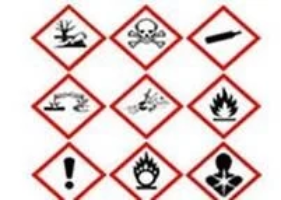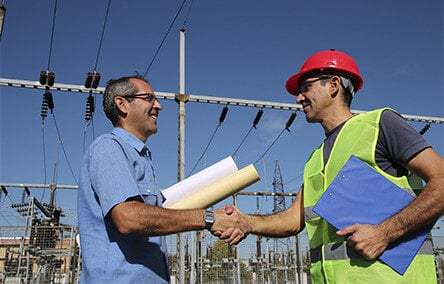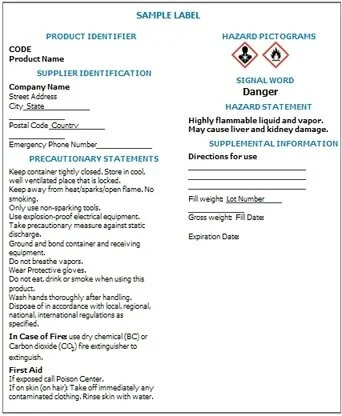Safety
5 Ways to be a Successful Leader in Construction: A Lesson From Execs
For construction employees who are called to lead, a job site is never about a paycheck; it goes much further than that. Skilled tradesmen who emerge into leadership positions, especially in commercial construction projects, are driven to create high quality workmanship, facilitate timely production or develop a satisfying job site environment. As leaders, we must…
Read MoreThe Ten Commandments of Good Safety Habits
In most everything we do, we find a “trick” to make the process easier and faster. After we develop these tricks, they become work habits in our everyday activities. Developing everyday safety habits can keep you injury free through the year. Here are ten safety habits to live by: 1. Set Your Own Standards. Don’t be…
Read MoreHow to Get Fired From Your Temporary Construction Job
As a construction temp, you have already showed your competency – a recruiter placed you, after all. But if you want to maintain that relationship or secure a permanent career, you have to stay on top. From your first day, your coworkers will be forming opinions about your talent, ability and work ethic … everything…
Read MoreHousekeeping on the Job
You have a pretty good idea how safe a job is just by looking at it before you start to work. Even a “Sidewalk Superintendent” knows this. A job that looks clean, with everything in its place, is a safe job. That’s all we mean when we talk about job housekeeping. Good housekeeping calls for…
Read MoreHow to Successfully Manage Client Expectations in the Early Stages of a Project
In the beginning of a project, construction firms often hear their clients exclaim, “I’m so excited to get building!” However, as time goes on, unexpected miscommunications and changing timelines can be frustrating, stressful and even emotional. Sometimes clients get so wrapped up in the outcomes that they forget underneath that mound of building materials is…
Read MoreGlobally Harmonized System (GHS)
The Hazard Communication Standard (HCS) is now aligned with the Globally Harmonized System of Classification and Labeling of Chemicals (GHS). This update to the Hazard Communication Standard (HCS) will provide a common and coherent approach to classifying chemicals and communicating hazard information on labels and safety data sheets. This update will also help reduce trade…
Read MoreWhy Being Transparent is so Important
Transparency builds trust; that’s especially true on a construction site. When you’re working on a new building, you can’t take shortcuts – people’s lives would be at risk now and for years to come. When you operate a construction firm with transparency, your workers are more invested and your brand reputation soars. Being open with…
Read MoreHow to Improve Relationships Between Temporary and Permanent Workers for a More Productive Workplace
You just won an incredible construction bid, but as you look out over your crew, you aren’t sure they can handle the load. If you’re facing this, or a similar scenario, it might be time to pull in a few high-quality temporary workers. Sometimes temp employees, especially on a construction site, can make your permanent…
Read MoreHazard Communication Safety Data Sheets
The Hazard Communication Standard (HCS) requires chemical manufacturers, distributors, or importers to provide Safety Data Sheets (SDSs) (formerly known as Material Safety Data Sheets or MSDSs) to communicate the hazards of hazardous chemical products. As of June 1, 2015, the HCS will require new SDSs to be in a uniform format, and include the section…
Read MoreHand Safety
The hands and fingers are the most often injured parts of the body. There are few work activities which do not involve the hands. The potential for injury is always there and we must be constantly aware to avoid hazards and injury. The primary way to avoid injury is to ensure that hands are kept…
Read More








